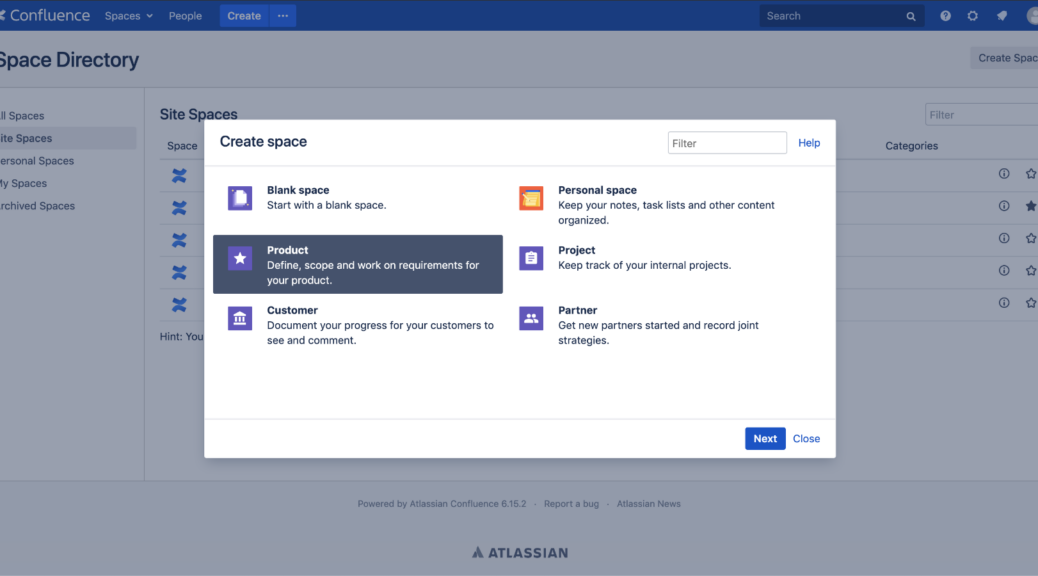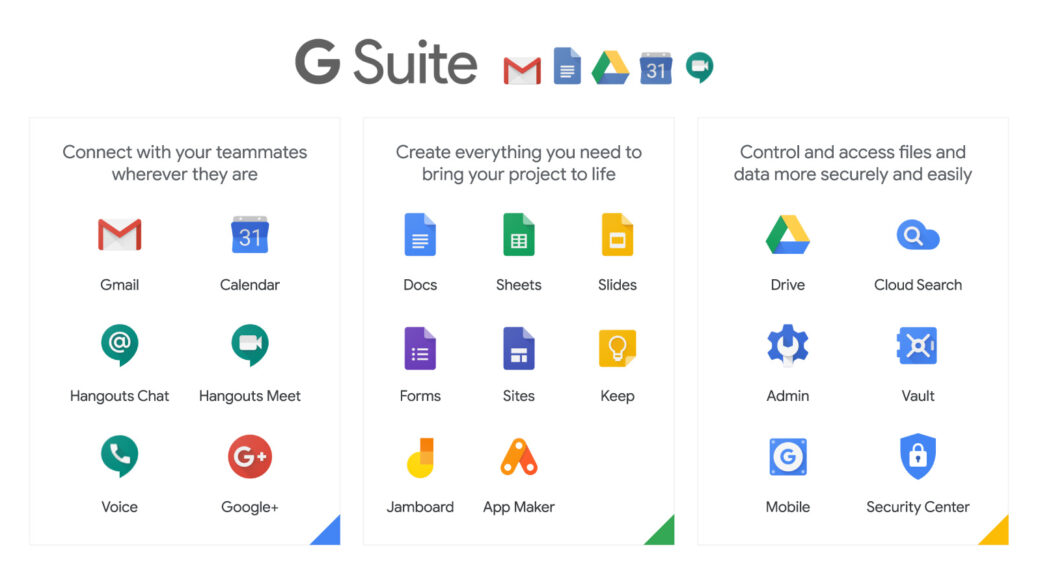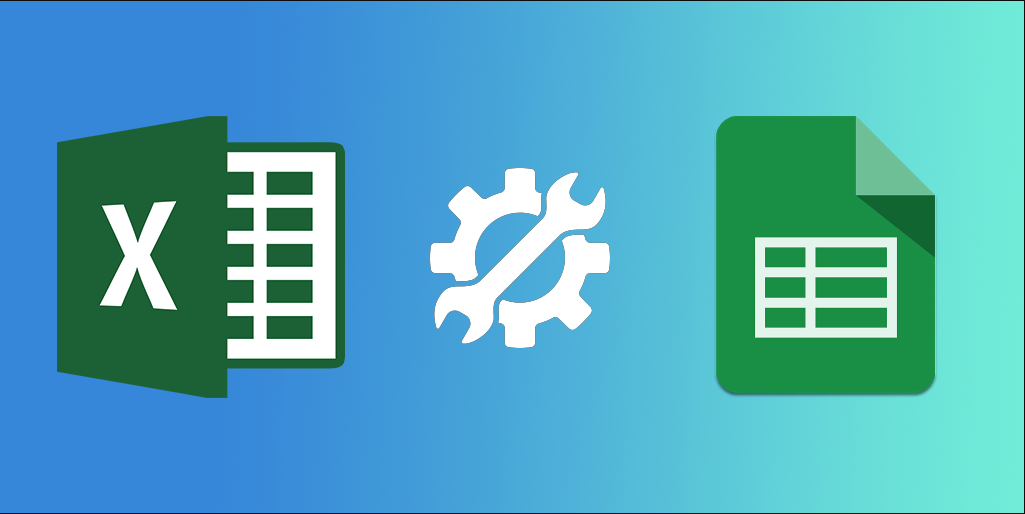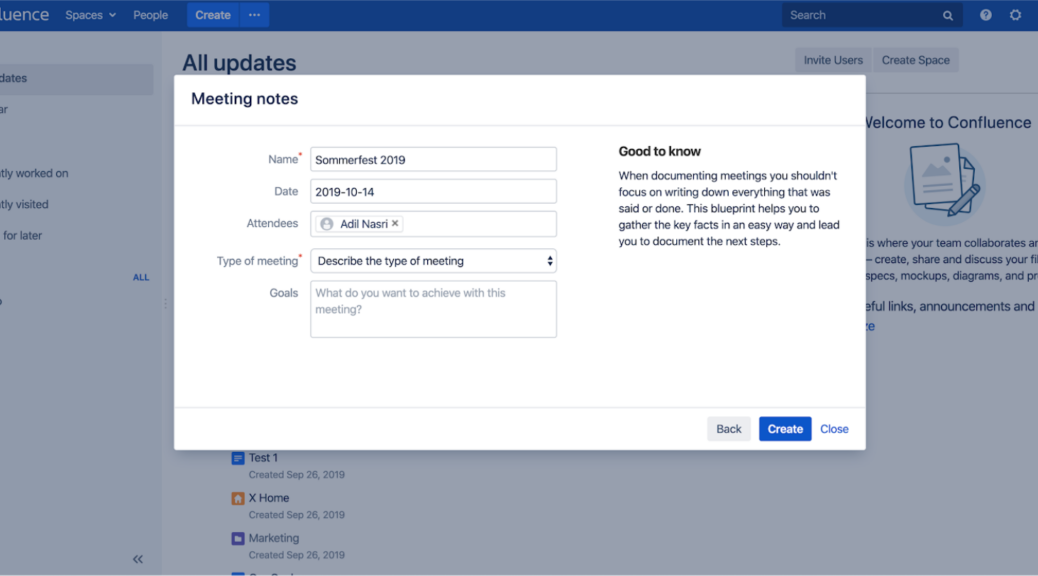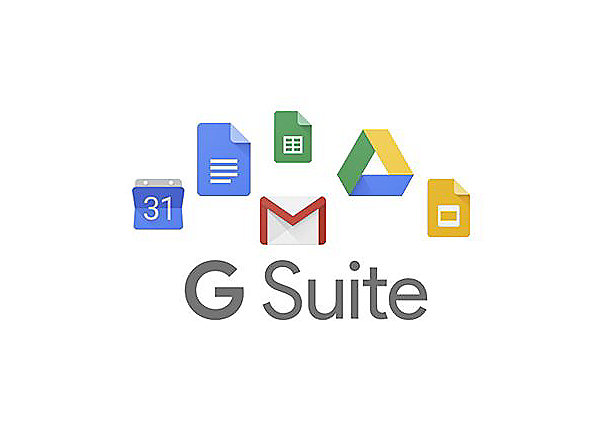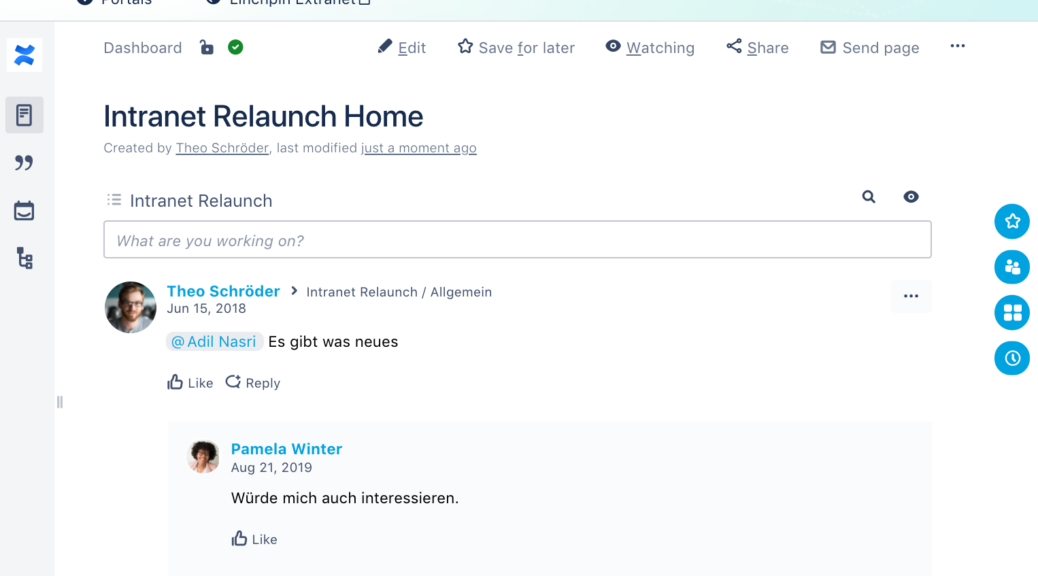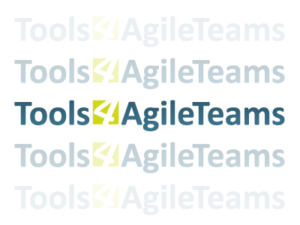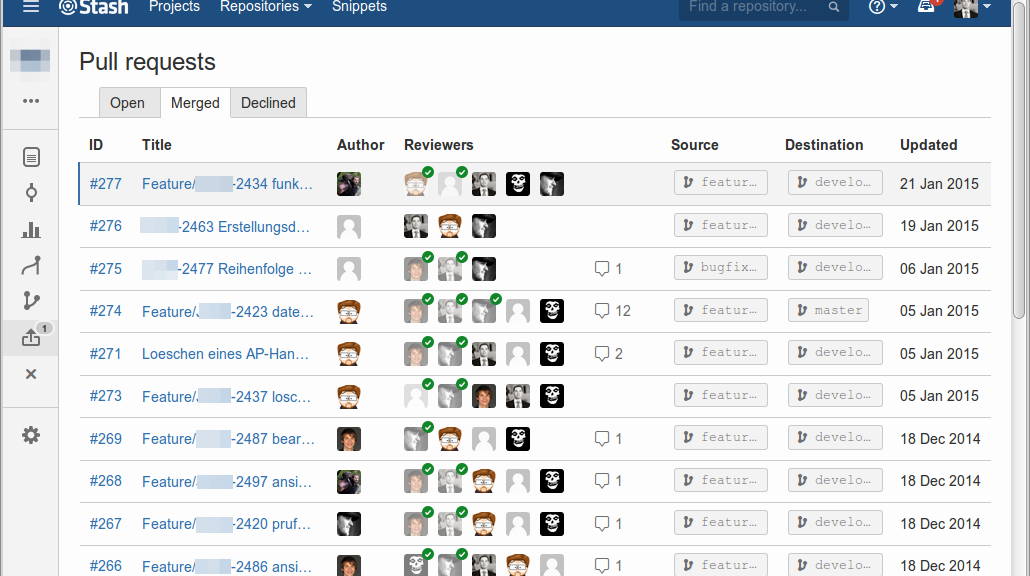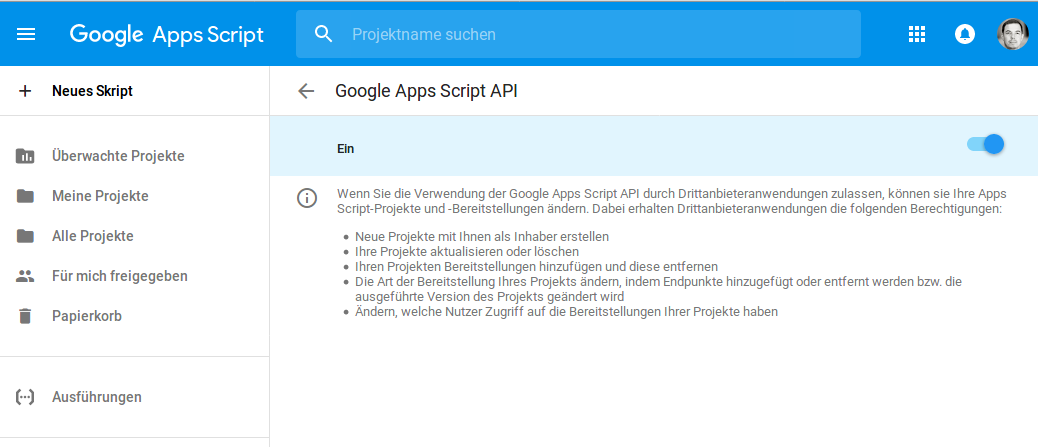As the superordinate organizational unit in Confluence, spaces are a useful and versatile way for organizations to structure their content. Thanks to form-based tools and dialogs, it is easy to create new spaces, even for new users. However, this can lead to a lack of standardization when it comes to structure and content. Blueprint Creator now allows organizations to create templates for new spaces without the need for programming. Here we look at some of the features and benefits of this new app.
Blueprint Creator for Confluence – blueprints for spaces now available
